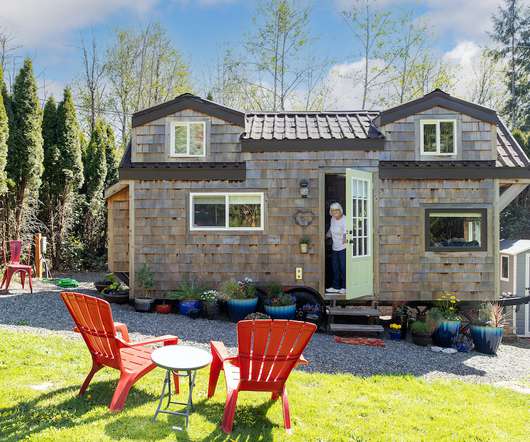Best States for Home Ownership
Pro Builder
SEPTEMBER 22, 2021
SmartAsset compared all 50 states to rank the best place for homeownership based on such factors as value appreciation, home value to household income ratio, the average cost of annual insurance, property taxes, burglary rate, and five other metrics. per 100,000 residents) and fifth-lowest average annual homeowners insurance ($773).














Let's personalize your content